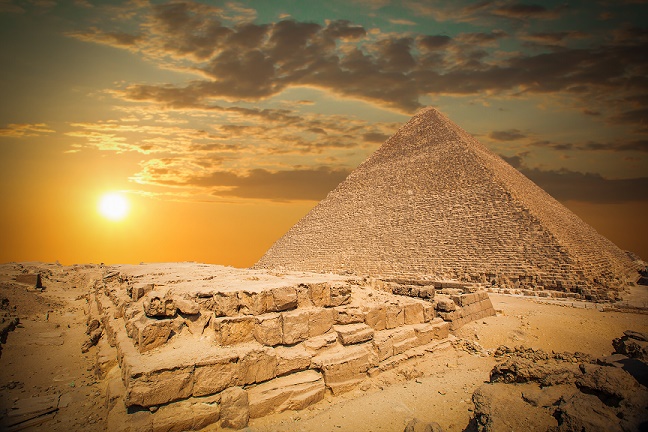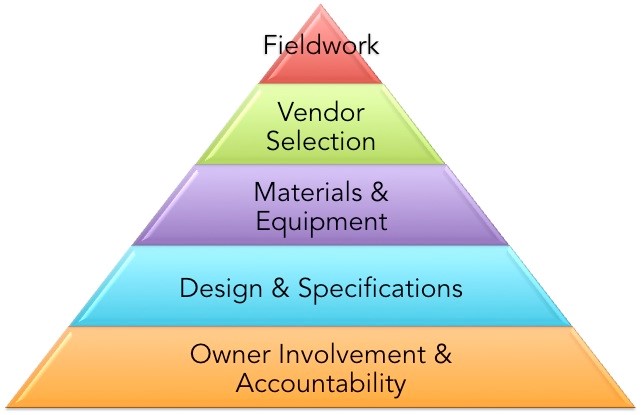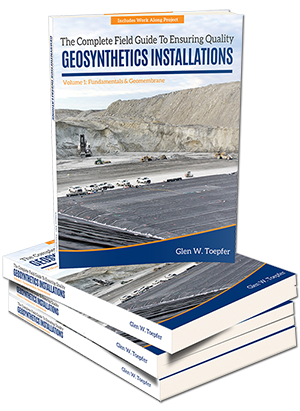
Ancient life: when Pharaoh’s reigned in supreme power, people worshipped Ra and buried their life with them in their graves. This time in history continues to tantalize generation after generation. Why?
Egypt. Her pyramids are amazing! They had no electricity, no combustion engines or power tools yet they built unimaginably great structures, many of which are still standing today. Their construction ability was unparalleled throughout the ancient world and much of history. More than 4000 years later we still flock to dusty deserts just to see them. Often built as tombs for Pharaoh’s and their families their construction tells their story – and what a legacy it leaves. The Great Pyramid of Giza is one of the Seven Wonders of the Ancient World!
As an industry we are also leaving our legacy with every project we construct. The reality is that our projects will tell the story of our careers. So how do we as an industry want to be remembered?
All too often lately I have heard that in our industry “It is a race to the bottom”…. I don’t accept this. We are better than that! We have proven how inventive, tenacious and downright plucky we are as an industry. It is our duty to ensure we leave a positive and lasting legacy for our future generations.
So how do we build our own pyramids?
We need a team! When you stop and think about the advancements in the waste containment/geosynthetics industry that have occurred within the past twenty years, it is easy to get excited. There have been substantial advancements in materials, welding equipment, and leak location technologies. We need each other and the healthy push-pull that comes from interacting with each other to push us forward and not to the bottom.
Successful projects continually display “The Pyramid of Success”. Each layer of the pyramid is a foundation upon which builds the next component of the pyramid – from project conception through project construction and completion. What is done in the conception and design phase does play a major role in the constructability of the project, and directly impacts the project success. At the ESD conference, I was able to incorporate some of the recent economic conditions that currently impact various levels of the pyramid, and I will incorporate some of those herein.

Owner Involvement & Accountability
- Owners need to clearly state their vision and expectations and lead the project
- There needs to be regular accountability holding vendors to the owners expectations
Design and Specifications
- Designs need to incorporate the latest advancements in technology and materials
- Designs need to be constructible in the field
- Constructability reviews by competent geosynthetics installers is a good step that can improve constructability
- Specifications need to be updated and applicable. Stop the cut and paste specifications!
- During our panel presentation in Miami, one engineer in the crowd spoke up and stated “Owners will not pay us enough to develop new specifications which is why we use cut and paste specifications.”
- Several members of the panel discussion said, and I paraphrase: “Shame on you as an engineer for taking these projects that devalue us as an industry – if we stop taking these types of projects, the quality would go up instead of down”.
- During our panel presentation in Miami, one engineer in the crowd spoke up and stated “Owners will not pay us enough to develop new specifications which is why we use cut and paste specifications.”
Materials and Equipment
- Use quality, proven materials.
- At GeoAmericas 2016, there was much discussion about inferior products being shipped from overseas to the United States.
- Not only are these products inferior, they also can be damaged:
- Due to handling and rubbing against seatainers
- Heat degradation from being stored in seatainers
- There is an increased trend in owners, designer’s, and third party quality assurance relying solely on Manufacturer’s MQC/MQA data instead of obtaining third party conformance samples.
- Conformance samples may help catch inferior materials.
- Modern equipment, and proper training and understanding of the equipment are imperative.
- Not only are these products inferior, they also can be damaged:
- At GeoAmericas 2016, there was much discussion about inferior products being shipped from overseas to the United States.
Vendor Selection
- All vendors need to be properly vetted! Vetting perhaps never has been so important as it is now. Recent economics are playing a huge part in maintaining quality throughout the industry:
- The increased demand for geosynthetics due to the coal ash regulations – will the quality be maintained throughout the push to meet this demand?
- The decrease in oil prices have resulted in significant reduction in the shale-gas containment installations, which have been dominated by low-cost, inexperienced installers who popped up overnight to meet the high demand several years ago. In a large part, this industry was highly unregulated – meaning that while installers may say they have plenty of experience on their resume, this “experience” was highly unchecked by third party for quality. And, from what I have seen personally on these sites (refer to some earlier blog posts), there was little understanding of the materials, machines, installation execution, or even the purpose of containment.
Some additional highlights/considerations are listed by vendor category below
|
· Design Engineer: |
Should have proven experience in the design of the system being constructed and be willing to have peer/constructability review of design performed. |
| · Manufacturer: | Should be selected based on quality products and products that are correct for project application. |
| · Installer: |
Should be selected based on qualifications for work on similar projects. Certifications should be considered. |
| · CQA: |
Should be selected based on experience. Should be able to properly staff a project. Should have work stop authority! Certifications should be considered. |
| · Leak Location: |
Should be selected based on experience and proven performance. |
Fieldwork
While the success of a project is heavily dependant on competent fieldwork, there are many variables that impact the chances for success before the first foot ever hits the ground.
It is important that all involved parties have a teamwork mentality and are moving towards the goal/vision of the owner.
A healthy push/pull relationship should exist between the installer and the quality assurance personnel.
Knowledge cannot be understated. Many opportunities exist to catch potential problems (such as thoroughly examining trial seam procedures and coupons) that simply are not implemented due to lack of understanding.
Technology (Leak Location) does not equate to replacing CQA presence! If anything, perhaps it should result in an increased CQA presence to ensure proper installation such that the technology will work to the greatest extent possible!
We currently have all of the pieces we need to build outstanding containment systems. Truly we do not have to settle for poor performance or failing projects. This industry has proven its capabilities over and over again.
At the start of every project we should ask ourselves: Will this project leave future generations marveling at our excellence or asking “What were they thinking?” We chose our legacy!



